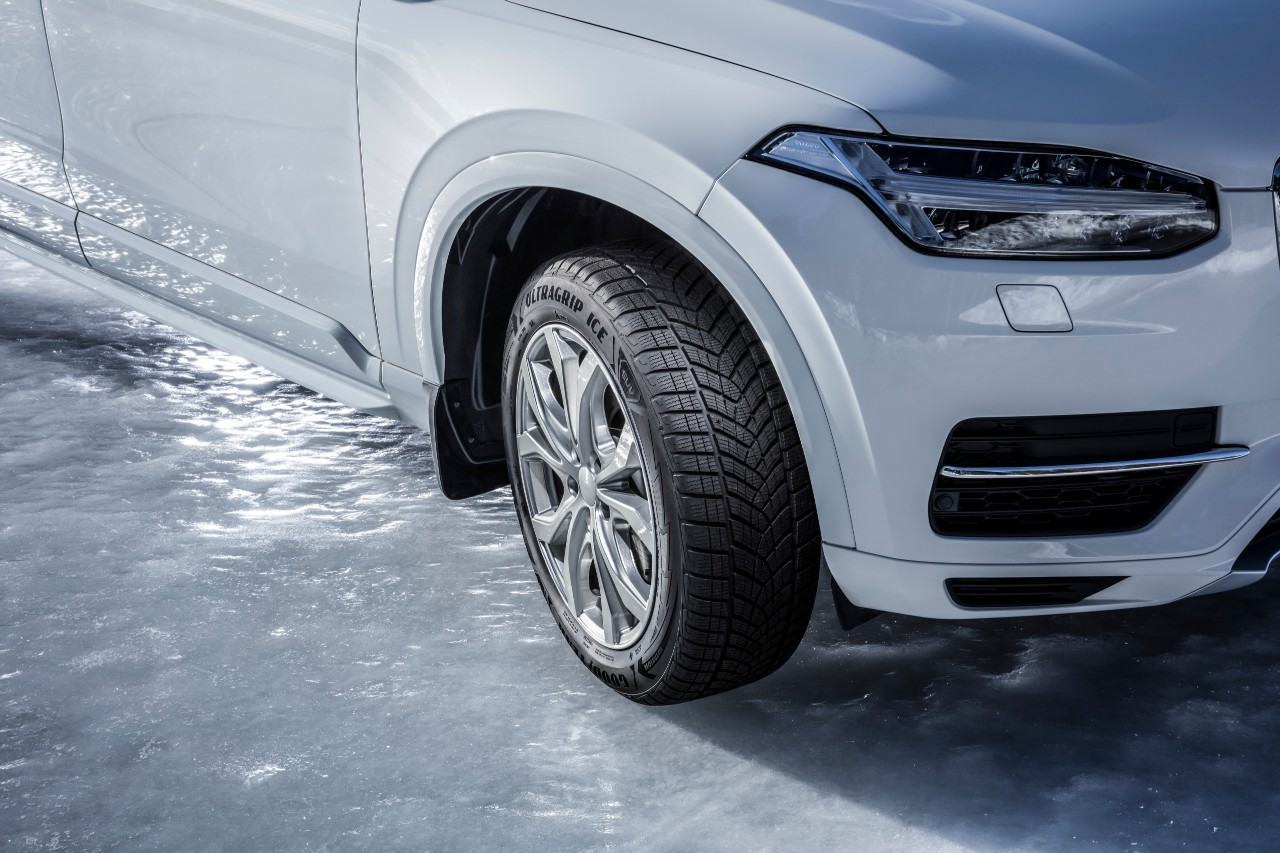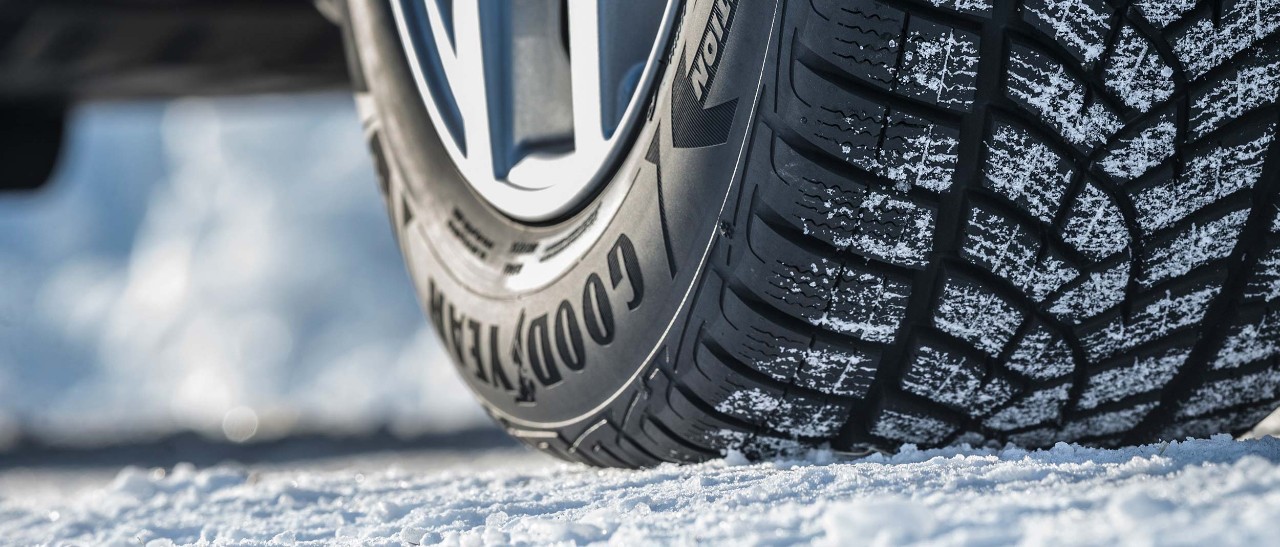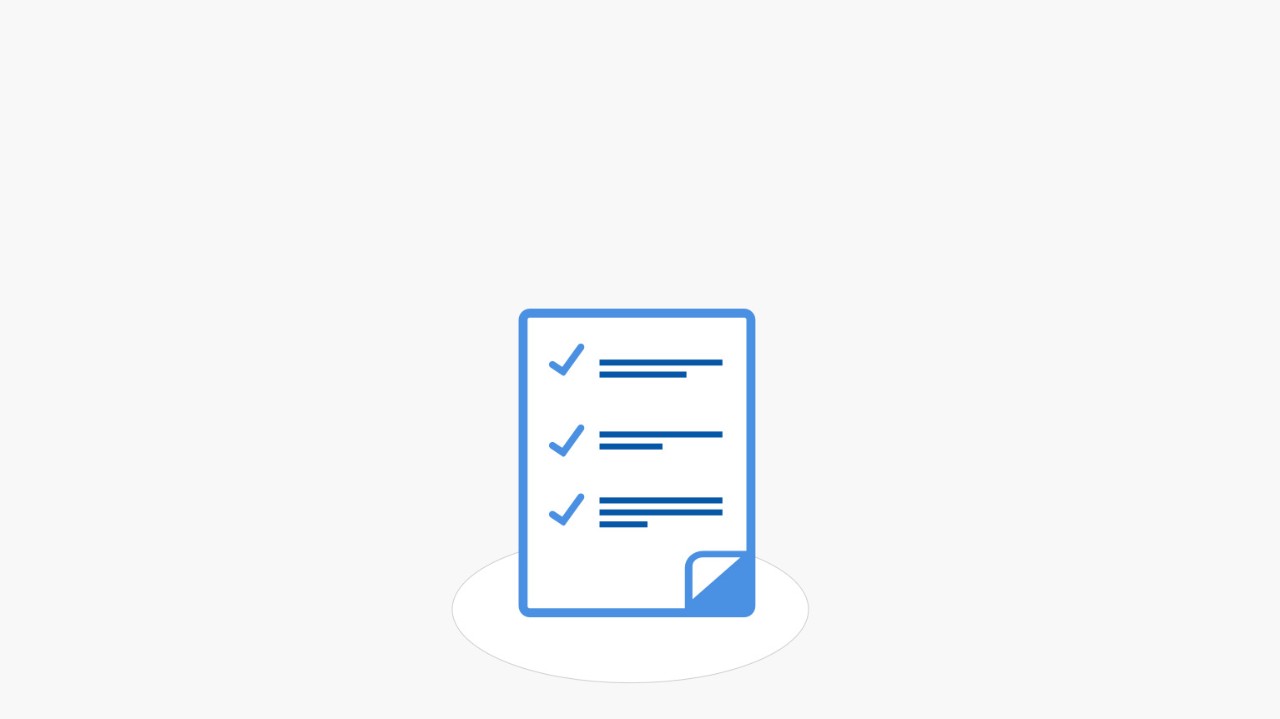2. Give Yourself More Time
In wintery conditions, you should be prepared to drive slower. Whether there is ice on the roads, dense fog ahead or heavy rain forecast, it is important that you take your time. Other road users will also be more cautious, so give yourself plenty of time to get to your destination. Not only that, but you will also need to allow yourself time to de-ice your car windows.
3. Keep all Fluids Topped Up
Make sure your oil and windscreen wash are topped up. You should also use antifreeze, which can help to protect your engine from damage. You can check your oil using the dipstick and a dry cloth. Ensure the coolant is topped up and add antifreeze as necessary. Unexpected delays could happen, so make sure you’ve got plenty fuel in your tank.
4. Make Your Car Visible
In winter we have shorter daylight hours, which causes poorer visibility, especially during rush hours. And if you add fog, frost, snow or heavy rain to dark mornings and evenings, you’ll need to take extra care to be seen easily by other road users. Start by making sure all lights are working and clear from snow or dirt. Only use your fog lights in foggy conditions otherwise you may dazzle other drivers. Also, keep your number plate clear from snow. Legally, this should always be visible.
5. Clear Your Windows of Snow, Ice & Mist
Clear all your windows and mirrors of snow, ice and condensation. Only set off when you have maximum visibility out of every window. If it has snowed, you should clear the snow from the roof of your car to prevent it falling onto the windows. If your wiper blades are worn or damaged, you should replace them.













